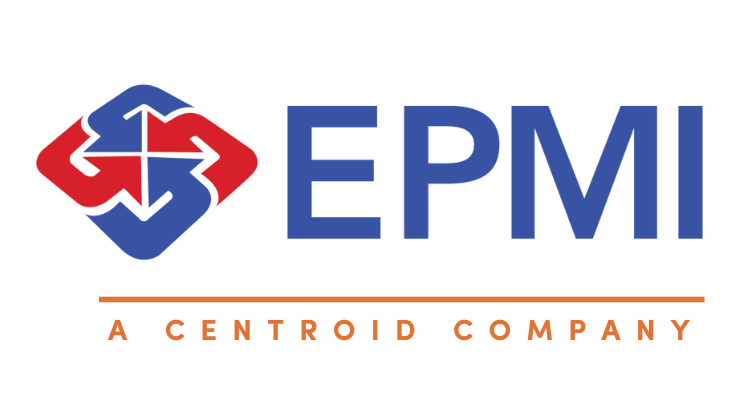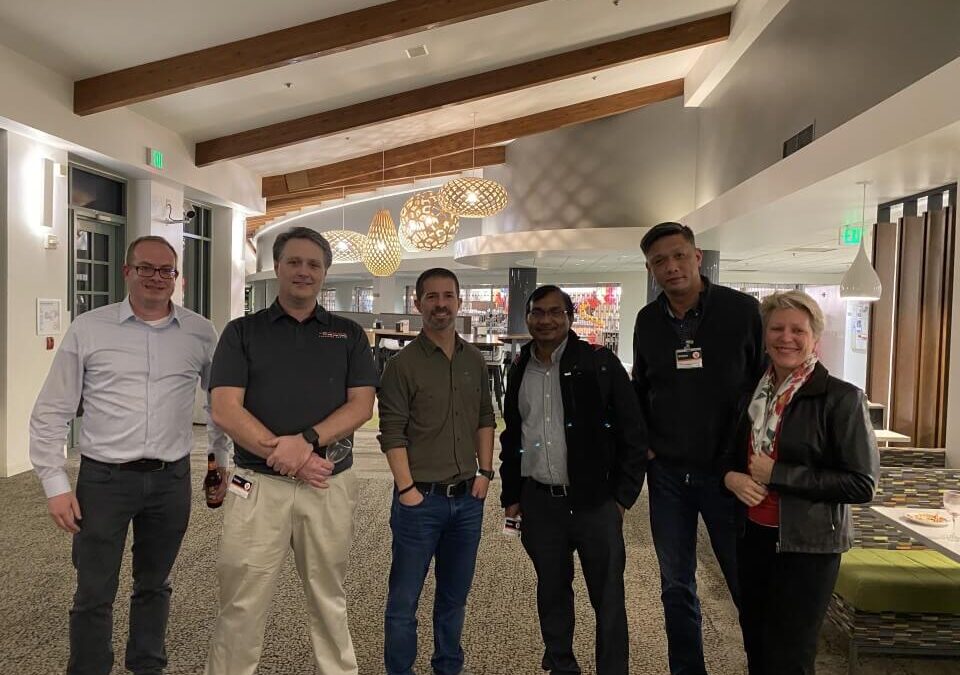A quick recap of the previous hands-on training session at Oracle’s Santa Clara Campus:
Oracle EPM admins and business users converged on Oracle’s Santa Clara campus to engage in an afternoon of education on Groovy, the programming language native to all Oracle Cloud EPM products. There is a healthy community of active users in the Bay Area and all attendees came prepared to advance their own acumen as finance, IT, and accounting professionals.
Frank Chow, the leader of the Bay Area EPM community organized the event by coordinating with Marc Seewald, VP of Product Development for EPM applications. Marc opened up the day by promoting Customer Connect and Implementation Success Program – two valuable resources for advice and real-world stories on successful EPM deployments.
Kyle Goodfriend led the day’s curriculum and is a pretty interesting guy. Coming from a non-technical background in finance, his dissatisfaction with manual and inefficient processes in an earlier role led him to seek automation solutions to free time for analysis and decision making. Within weeks Kyle was functional on the language and now shares his expertise via In2Hyperion, his consulting arm specializing in Hyperion/EPM applications and Groovy.
Sign up for the next SF Bay User Group Meetup 3/22/2023!
What is Groovy
Groovy is the Java based and open source programming language specifically designed for Oracle Cloud EPM applications. Some use cases include “virtual calculated members” – essentially running on the fly what-if scenarios without storing values to the system database – resulting in speedy performance and “a la carte” data manipulation. Kyle shared additional use cases involving designing thresholds for product margins, allocation validations as well as live synchronization of data across cubes.
What’s the Hype
The advent of Groovy has become a requirement if you are seeking to grow your career within the EPM product pillar. Some sexier applications include:
- Pre-save validations → extra interaction layers without storing to application
- Dynamic mapping → align product hierarchies to varying levels of detail across separate cubes
- Multi-thread processes→ run multiple Smartpushes simultaneously
- Custom connections to external data sources
- Enhanced communication between ASO and BSO cubes
While Groovy is another programming language to learn, it is an open-source platform and has tons of resources via a simple google search.
If you are an EPM user and want to be connected to the EPM community, whether in the Bay Area or elsewhere, shoot me an email at [email protected].
Keep it Groovy,
– Fletcher Cox

